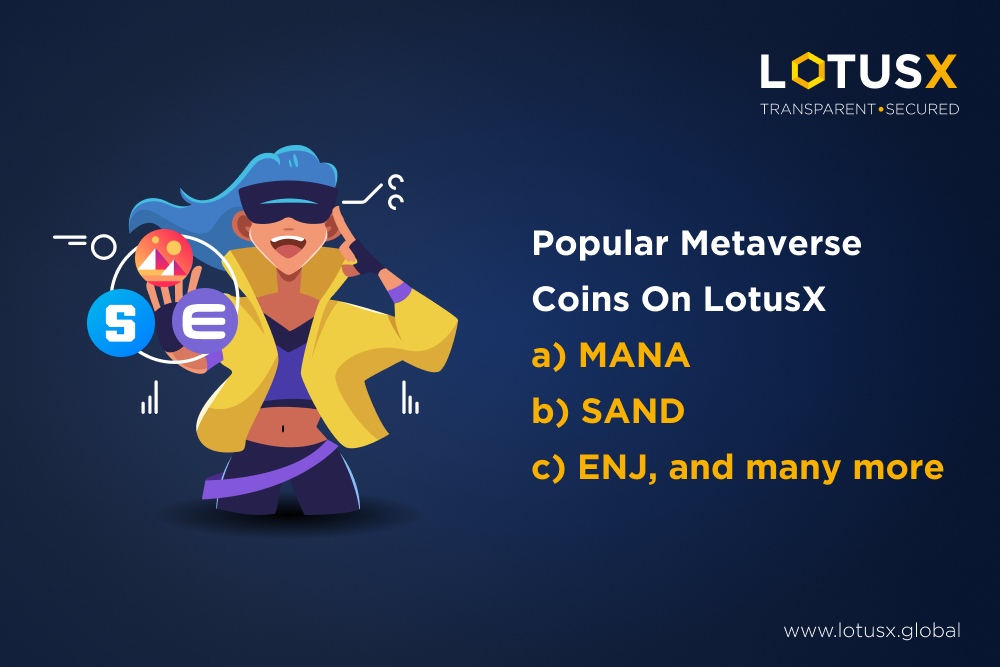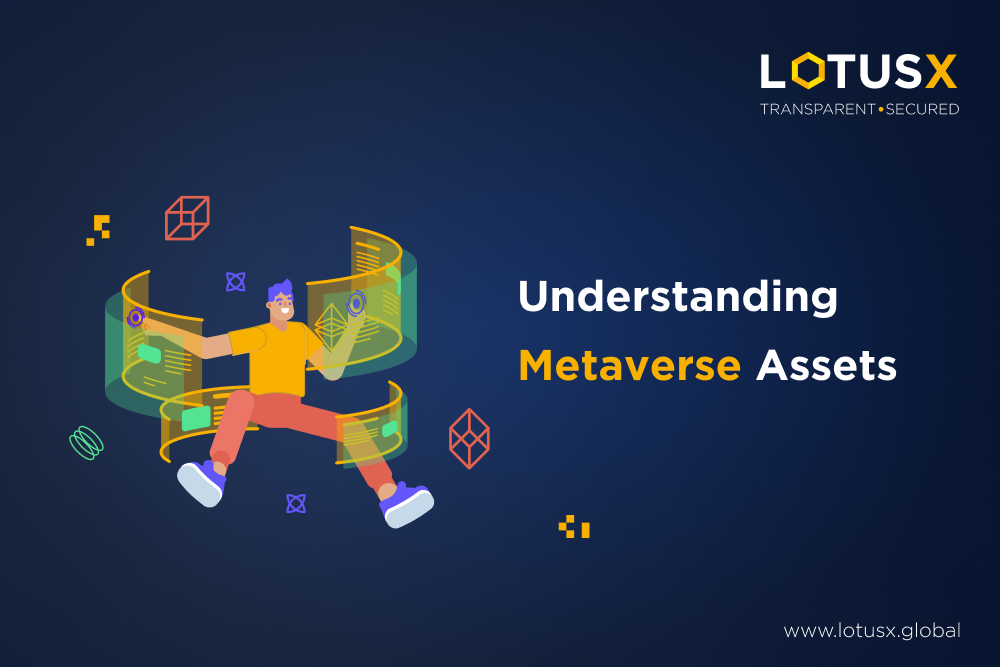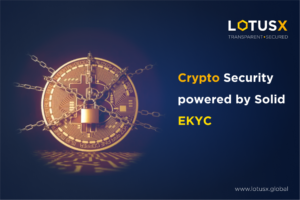People worldwide are fascinated by the rise of the Metaverse. Trading digital assets with value are the center of this thriving Metaverse ecosystem. In this blog, we’ll review everything you need to know about Metaverse assets, including what they are, their utility, and what the future might hold.
What Are Metaverse Assets?
Metaverse assets are digital items that have value in the Metaverse. They can show virtual land, avatars, virtual goods, in-game assets, art, music, and more. Metaverse assets rely on blockchain networks as non-fungible tokens (NFTs), ensuring users can prove ownership. This change in how people own things affects many fields, such as games, art, entertainment, and virtual real estate.

Types of Metaverse Assets
Before investing in Metaverse assets, it is important to understand the different kinds of assets.
Virtual Land and Real Estate
Land and real estate are two of the most important things in the Metaverse. Like real land, virtual land gives users a place to build, make, and sell their experiences in the Metaverse. Virtual land can increase in value, and users can build properties, events, or businesses to make money or bring in customers.
Avatars and Digital Identities
In the Metaverse, users represent themselves in their digital avatars. They let people change how they look, how they act, and what skills they have. Avatars allow people to customize, express themselves, and navigate social situations, games, and virtual worlds.
Virtual Goods and Collectibles
Virtual things and collectibles include a wide range of digital items that have value in the Metaverse. Some of these are virtual clothes, accessories, weapons, cars, and other things that improve the user’s experience. Collectibles can be unique or part of a limited run, making them more valuable and desirable.
In-Game Assets and Virtual Currencies
In-game assets are digital items that have value in certain games or gaming systems. They can be guns, skins, rare items, or virtual currencies that make buying and selling things in the game easier. Users can buy, sell, and trade assets in gaming with virtual currencies, such as cryptocurrencies or game-specific tokens.
Art, Music, and Entertainment
Digital art, music, and entertainment experiences are examples of metaverse assets. Digital artwork can be produced and sold by artists as NFTs, opening up new revenue and credit prospects. Musicians might tokenize their music to allow fans to own and exchange exclusive tracks or experiences. The Metaverse’s virtual performances and events also provide engrossing entertainment opportunities.

Investing in Metaverse Assets
Investing is not an easy task. Here are a few points to consider before investing your money.
- Valuing Metaverse assets
Evaluation of Metaverse assets can be challenging because they are all different and have different values. Asset value can be affected by how rare it is, the past and current demand, and how well-known the creator is. Investors need to invest a lot of time in research and consider the long-term potential of Metaverse assets.
- The Potential for Asset Appreciation
Metaverse assets can get more valuable over time. People will likely want own more unique properties as the Metaverse ecosystem grows and becomes more popular. Early adopters and collectors who buy expensive things now could make money as the Metaverse grows.
- Risks and Challenges
Some risks and difficulties come with investing in assets in the Metaverse. The value and availability of assets can be affected by market unpredictability, regulatory uncertainty, technological limits, and the fact that the Metaverse ecosystem is constantly changing. Investors must look at risks, diversify their portfolios, and keep up with changes in the business.
- Diversification and Portfolio Management
When you buy Metaverse assets, you must spread your money out. Investors can manage risks and take advantage of different possibilities in the Metaverse by spreading their money across different types of assets, platforms, and creators. For investment plans to work best, they need to be reviewed and changed regularly.
Use Cases of Metaverse Assets
Users and investors often want to understand the utility of the asset class they are venturing into. Here are a few examples of Metaverse assets.
- Virtual Commerce and Retail
Users can trade goods and services in virtual settings with the help of metaverse assets, which makes virtual commerce possible. Virtual retail experiences can be like buying in real life or unique and immersive ways to buy things. Brands and companies can set up virtual storefronts to enhance reach and connect with people worldwide.
- Social Interactions and Virtual Events
Assets in the metaverse make social relations and virtual events easier. Users can show who they are through images, go to virtual meetings, conferences, or parties, and date or connect with other people online. Metaverse assets improve the feeling of being there and make social interactions in the digital world more interesting.
- Gaming and Esports
Gaming and esports businesses can use metaverse assets in important ways. Players can buy and sell in-game goods, improving their gaming experience or helping them make money through virtual economies. Esports teams can use Metaverse images to build their brand, get sponsors, and give fans an immersive experience.
- Virtual Real Estate Development
Allows users and companies to build virtual homes, businesses, and communities in the Metaverse. People and groups can make money through virtual commerce, ads, or events by buying and developing virtual land. Virtual real estate development can increase value and make money like real estate investments.
5. Virtual Advertising and Sponsorships
Metaverse assets open new ways to advertise and support the virtual world. Brands can put virtual ads in virtual worlds, events, or experiences to reach interested people. With virtual sponsorships, brands can work with creators or organizations in the Metaverse to raise recognition and interest in their brand.

Future Prospects and Challenges
Rules and regulations: As the Metaverse changes, regulatory systems will greatly impact how it grows and protects consumers. Governments and regulatory groups are looking into the legal and regulatory effects of virtual assets, intellectual property rights, taxation, and preventing fraud in the Metaverse.
Technological improvements, such as better VR/AR devices, solutions for scaling blockchains, and AI integration, will help the Metaverse grow and progress. Continued progress in these areas will make the Metaverse more immersive, scalable, secure, and user-friendly.
Involvement of the community and government: Decentralized governance models, decision-making processes driven by the community, and openness to everyone will help create a vibrant environment where people can participate. It is important for the success of the Metaverse that makers, users, and other interested parties help shape its future.
Bottom Line
The Metaverse has changed how we think about and interact with digital places. Metaverse assets are essential parts of this virtual environment that keep it going.
Giving control, value, and a wide range of options. From virtual land to digital art, these assets are changing how we think about ownership and business in the digital world. As the Metaverse keeps improving, it is an excellent place to spend, be creative, and have immersive experiences. People and companies can be at the forefront of this changing landscape if they understand the potential of Metaverse assets and use them fully. To get your hands on the top Metaverse assets, quickly onboard LotusX.




